 |
|||||||
|
|
||||||
|
|
||||||
ALL ABOUT BLUE MARLIN |
|
| By Redacción | |
|
|
|
|
|
|
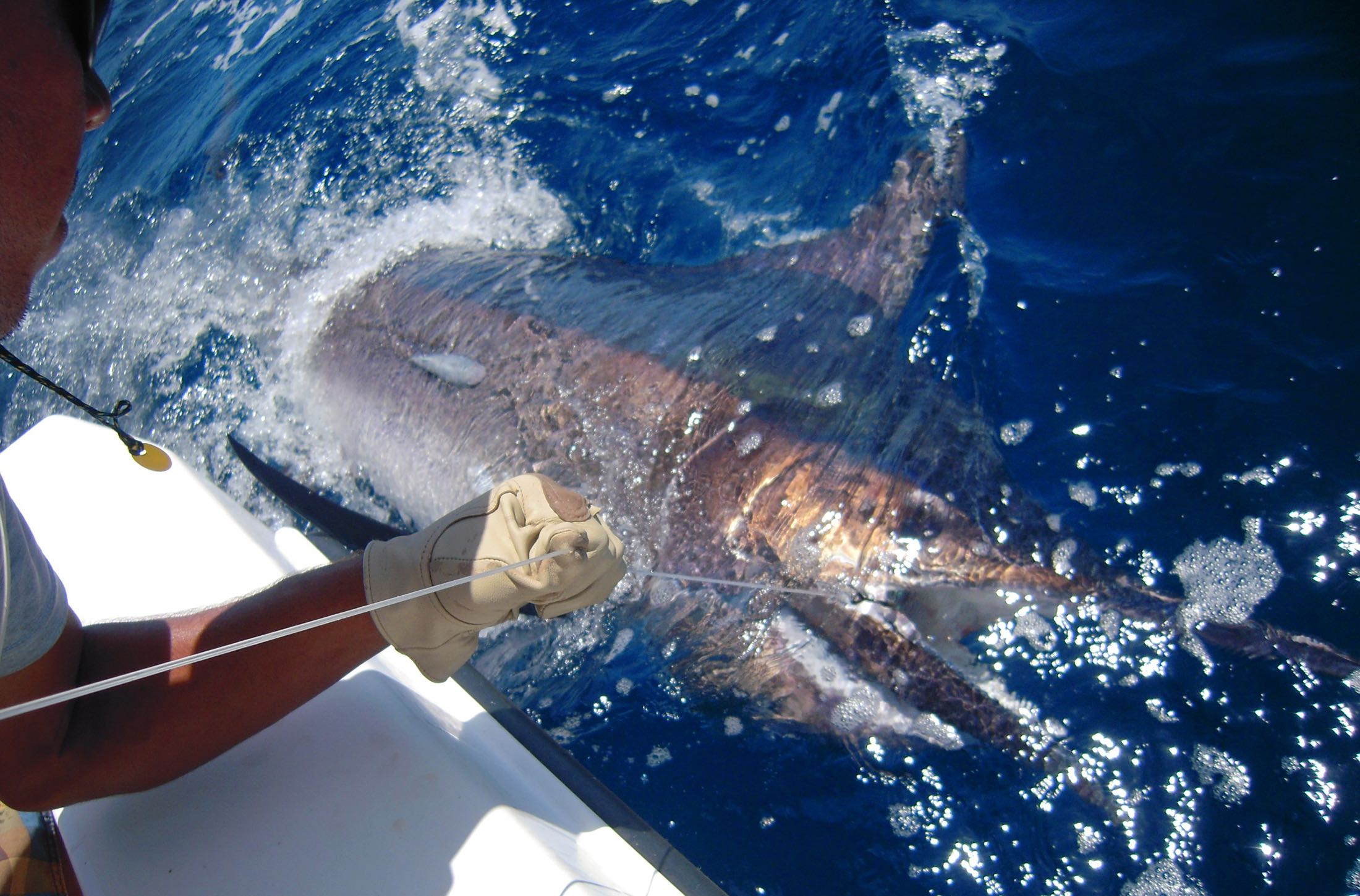 |
|
We can identify two types of blue marlin, the Atlantic and the Pacific. Both are very similar, the only difference lies in size. The largest, it seems, are in the Pacific Ocean. On the other hand, IGFA -International Game Fish Association- considers that it is the same, although it takes into account the world records of the two blue marlin categories, the Pacific and the Atlantic. Those from the Indian Ocean are classified in the Pacific category. Blue marlin is the least abundant of all marlins and is not always easy to find, especially in the Pacific In general, blue marlin that are fished out of season are less numerous, but often of larger sizes. For example, in Mauritius, in the month of August they approach 1000 pounds and, in Hawaii, one of 1656 pounds was caught in March 1984. PACIFIC BLUE MARLIN Generally found in the warm waters of the equatorial regions, moving away from the equator in summer and returning in winter. Apparently, its migration depends more on temperature than with black marlins. In order to live they need depth, that is why it is not easy to find them near the coasts except in places like Hawaii or Canary Islands, where very near the coast there are great depths that allow them to swim comfortably. Longliners have sometimes caught 2,000 pound marlins, but the largest caught in sport fishing weighed 1,805 pounds in Hawaii, although it was not certified by IGFA, as it was not caught by a single fisherman, but by several who took turns in combat. Marlins over 300 pounds are usually females. The blue marlin feeds on skipjacks, bigeye and yellowfin tuna, all of which can reach up to 150 pounds, so it is common to find them swimming among the tuna banks. Blue marlin feed both in depth and on the surface and sometimes small swordfish have been found in their stomachs. The first blue marlin caught with a rod and reel weighed 1040 pounds and was caught by the famous writer Zane Grey. When to get blue marlin in the Pacific:
Like the Pacific, the blue marlin of the Atlantic also prefers warm waters that do not exceed 30 º C. They are found in the deep waters of the Virgin Islands, Bahamas, Gulf of Mexico, Caribbean Sea and West African Coast off the Gulf of Guinea. The best concentrations are found in the northern part of Cuba and the western edge of the Bahamas Islands, smaller in proportion to the blue marlin of the Pacific, its average weight ranges between 300 and 400 pounds, although sometimes can exceed 1000 pounds. Some fishermen certify to have seen them weighing 1500 pounds; the largest are found on the longest migratory routes such as Venezuela, Brazil and the west coast of Africa. The average weight of marlins caught in the Gulf of Guinea (Abidjan) is around 600 pounds, almost double the overall average. They generally do not move in schools, but in the mating season they go in pairs, male and female. Their migration can be very long, the best known is that of the Virgin Islands to the Gulf of Guinea, crossing the entire Atlantic, turning around during the same year. This could be demonstrated thanks to the tagging of the fish. It is believed that they reproduce throughout the year, but no study so far can confirm it. Mating occurs in July and August in Puerto Rico; the Virgin Islands would be a meeting place before migration begins; in the Gulf of Mexico mating is in July and August and both Brazil and Bermuda are also mating areas. On the islands of Sao Tome and Principe, opposite Gabon - in the middle of the Gulf of Guinea - is another mating area and they would possibly stay longer than estimated, to release the eggs. Fishing months:
|
|
|
|
FAST TROLLING WITH LURES |
|
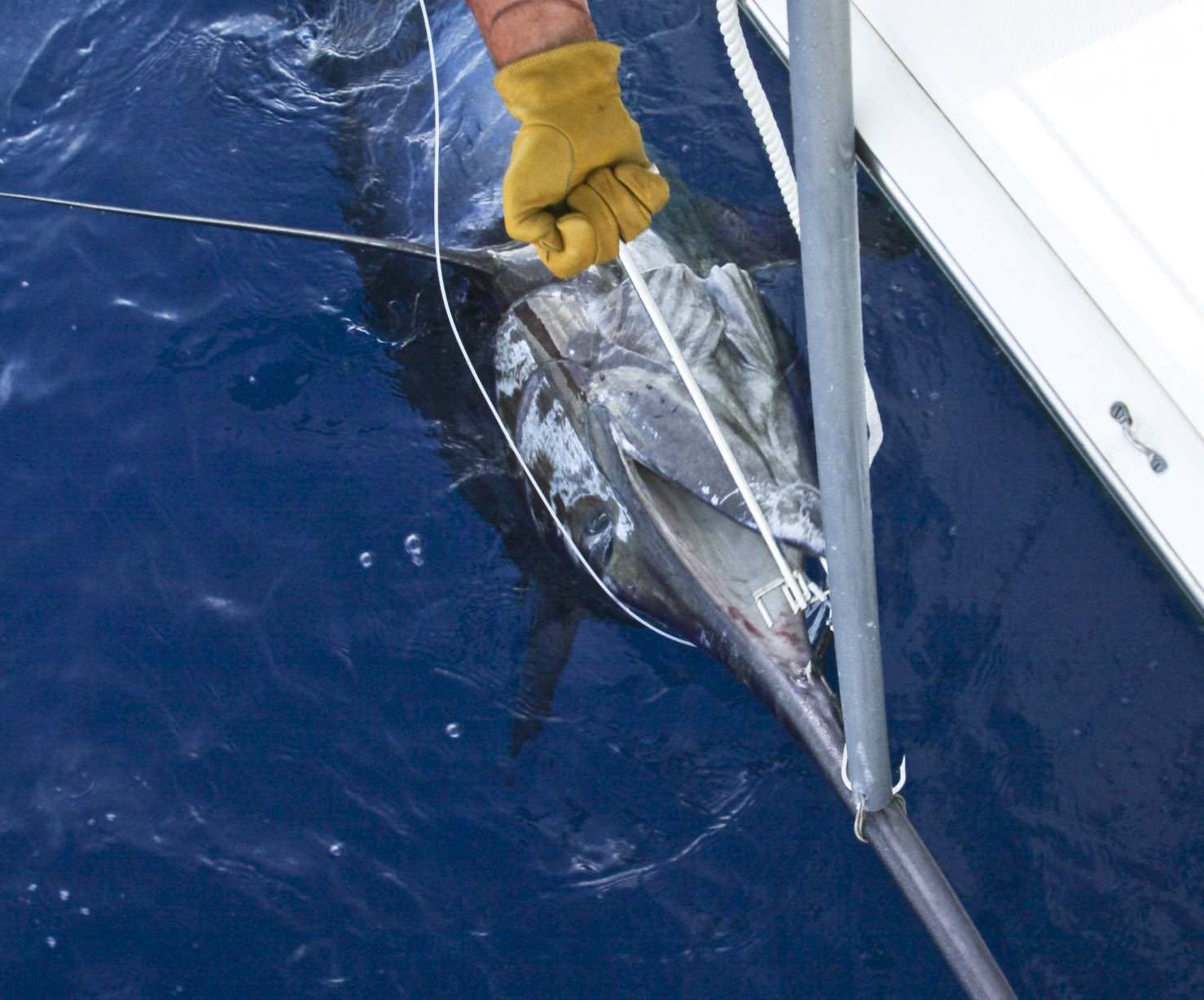 |
|
|
|
SLOW TROLLING WITH NATURAL BAIT In this modality, live bait is found between two waters. The outriggers here are preferable but not indispensable. This technique is used when there are reefs in the fishing area -deep waters- and the marlin is presumed to be there. The advantage of this technique is that the live bait irresistibly provokes the marlin attack, as often the predator chooses an isolated victim swimming like a wounded fish. This technique varies very little compared to dead bait but there are some small differences. The speed of the troll is reduced to three knots, and it is more than ever indispensable to use the drop back technique. The distance between the bait and the boat is between 10 and 20 metres. The hooks should be made of nylon rather than steel, as nylon is lighter and makes the bait less tiring. The most effective baits are the bonito or the small skipjack, and are mounted according to the Catalina system. The number of live baits used at the same time should not exceed three. Two on the outriggers and the third in the middle a few meters behind the boat. The complicated thing is sometimes to get the three bonitos at the same time to be able to put them as bait. The hooks are the same as for trolling with dead natural bait. The recommended thread strength is 50 pounds. The adepts to the light tackle use up to 16 pounds and even 12, conditioned to use bigger bonitos and to benefit from good material and a very competent equipment. DRIFTING This tactic is practiced in places where there are deep waters that range between 60 and 120 m well defined and where the waters are colder than usual, have large amounts of nutrient, or are very hot - above 30 º C -. The drift fishing method is preferable to the others in those hours in which the marlins feed around 60 meters deep. A live bonito or mackerel, hooked to a hook, is placed at a depth of 60 meters. If there are currents, a floating anchor is placed in place to avoid a great drift of the boat, which is detrimental to fishing. Sometimes it is necessary to put a lead of 100 to 300 gr in the line so that it is maintained in tension. Before the dive, the reel must be unbraked and, at the time of the dive, the fisher performs a drop back. In five seconds, when the marlin has attacked the bait, it rises to the surface in the opposite direction and can be released easily. The same lines are used as for the live bait trolling. The hook should preferably be all nylon, as it is lighter and the bait tires less when swimming. The recommended hooks are 10/0-8/0. If the bait is a bonito it is recommended to stick the hook between the central pelvic fins, where the skin is harder. If it is a mackerel, it is hooked on the back near the neck. Finally, we will carry a nursery on board the boat, with water to keep the baits alive. |
|
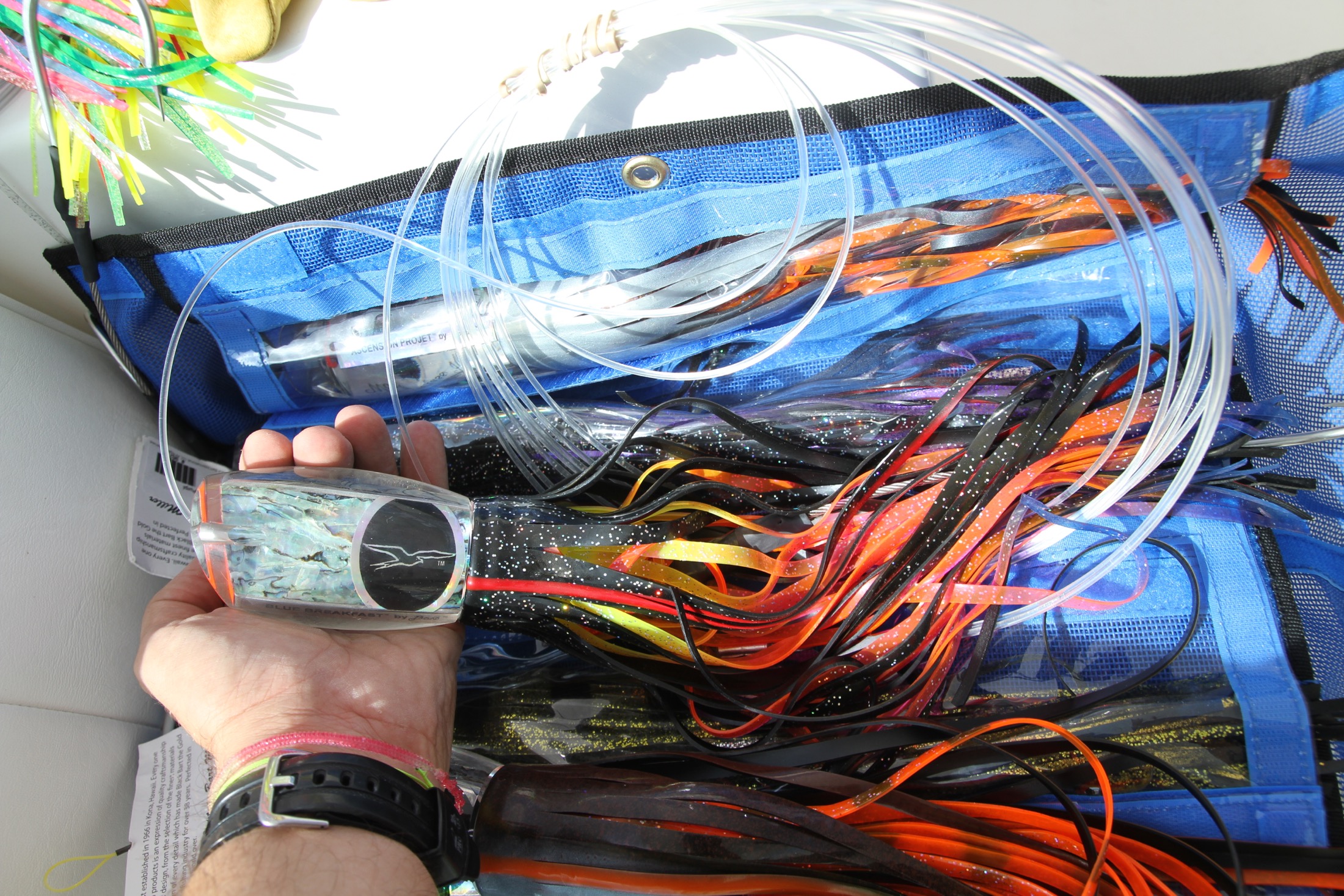 |
|
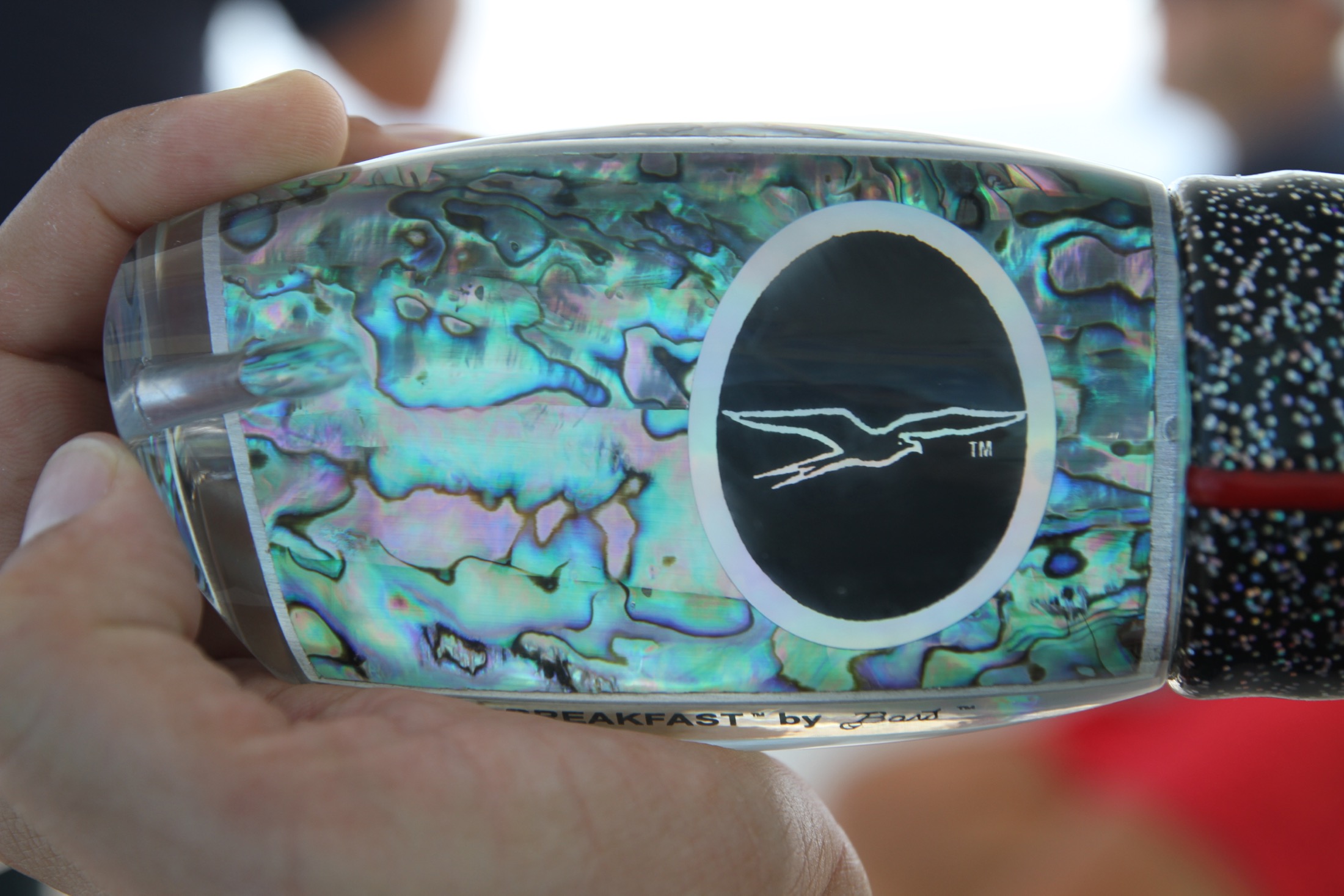 |
|
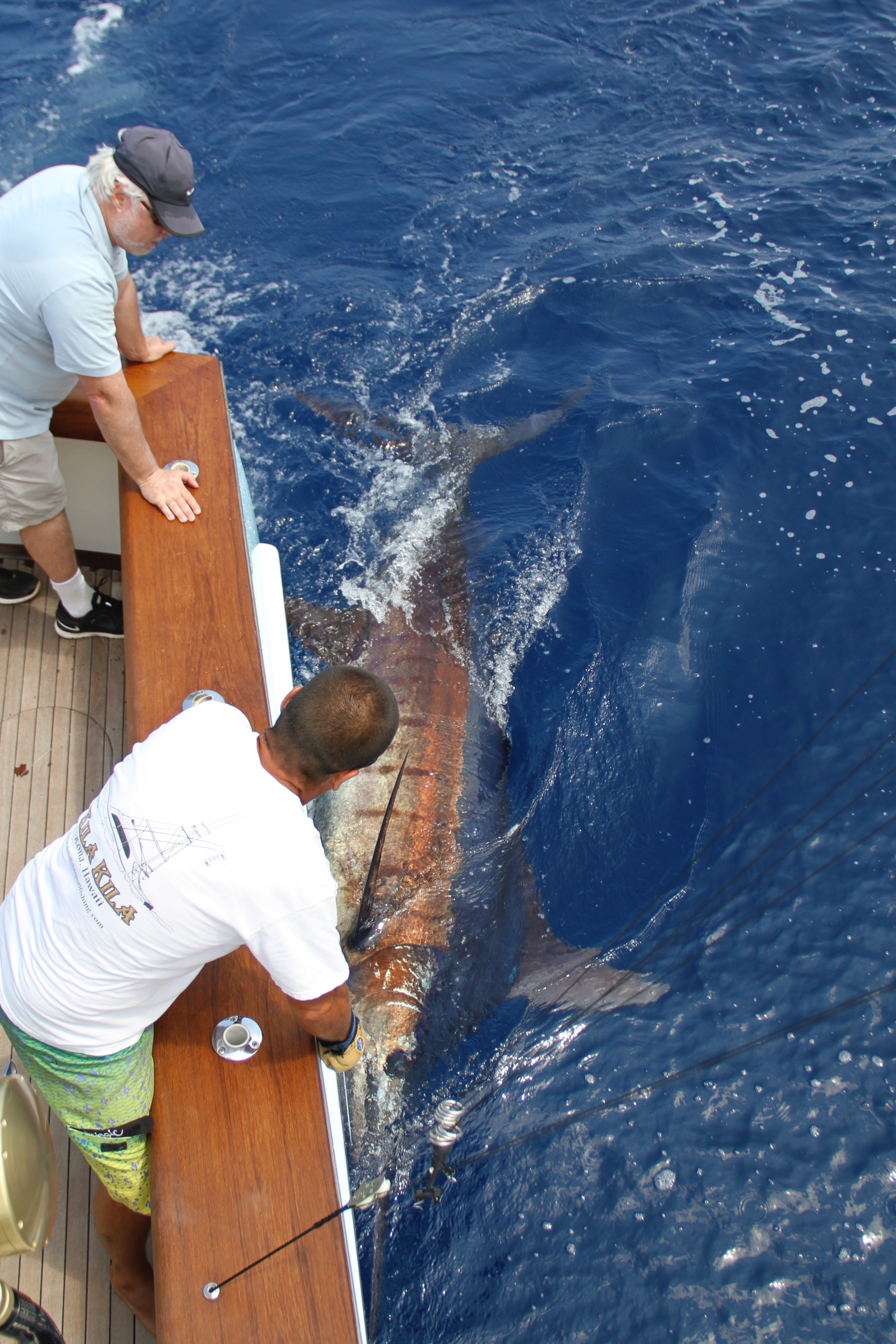 |
|
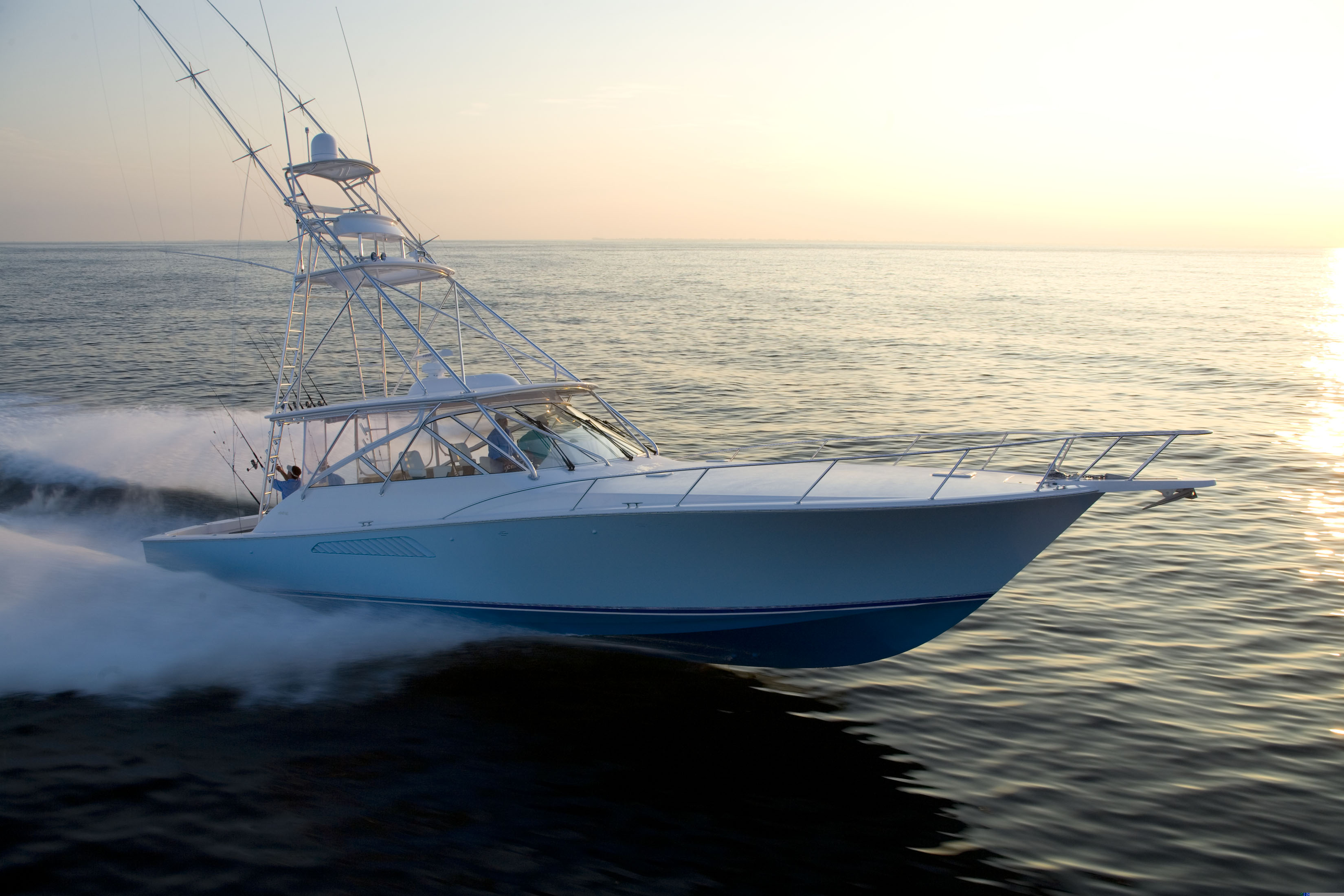 |
|
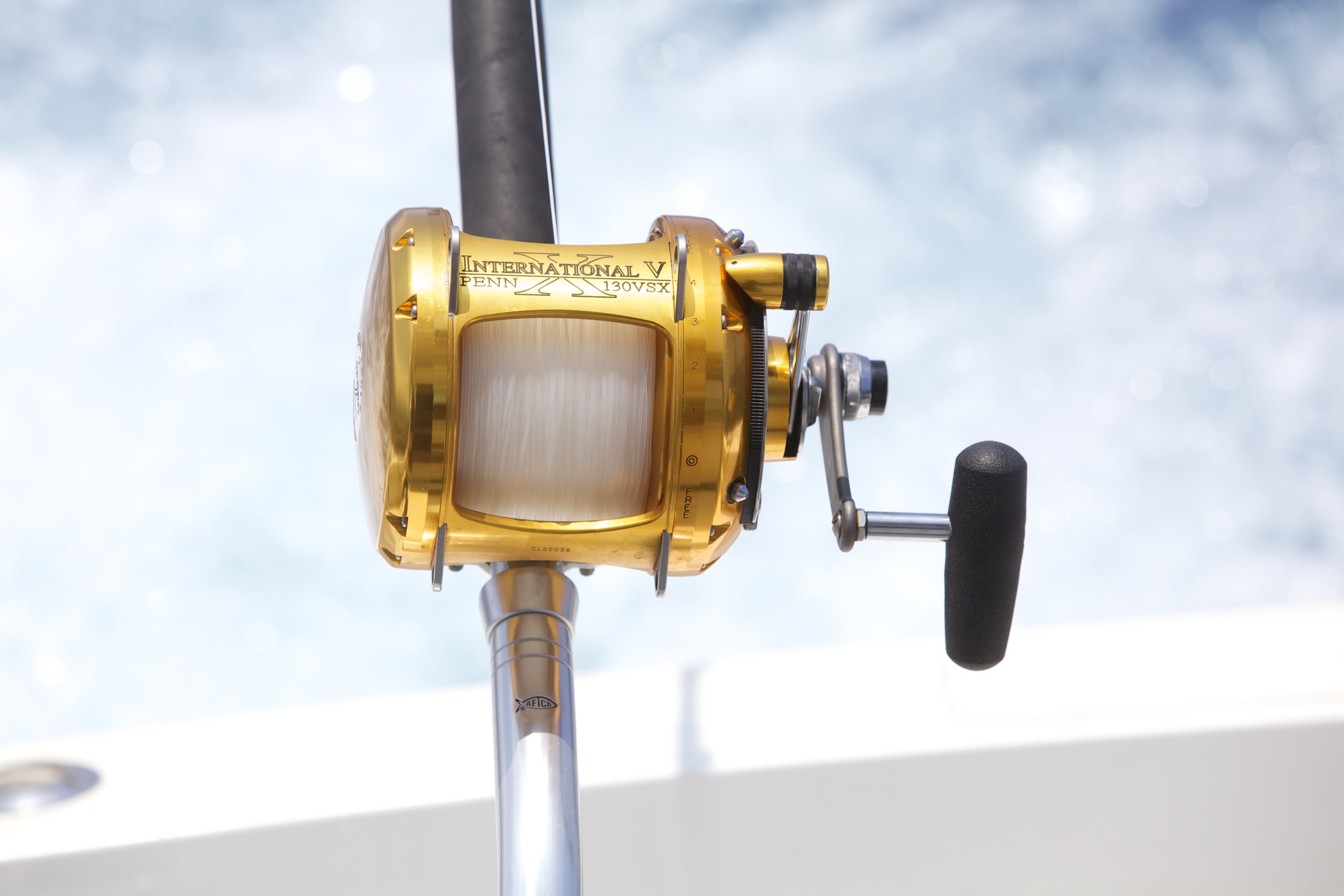 |
|
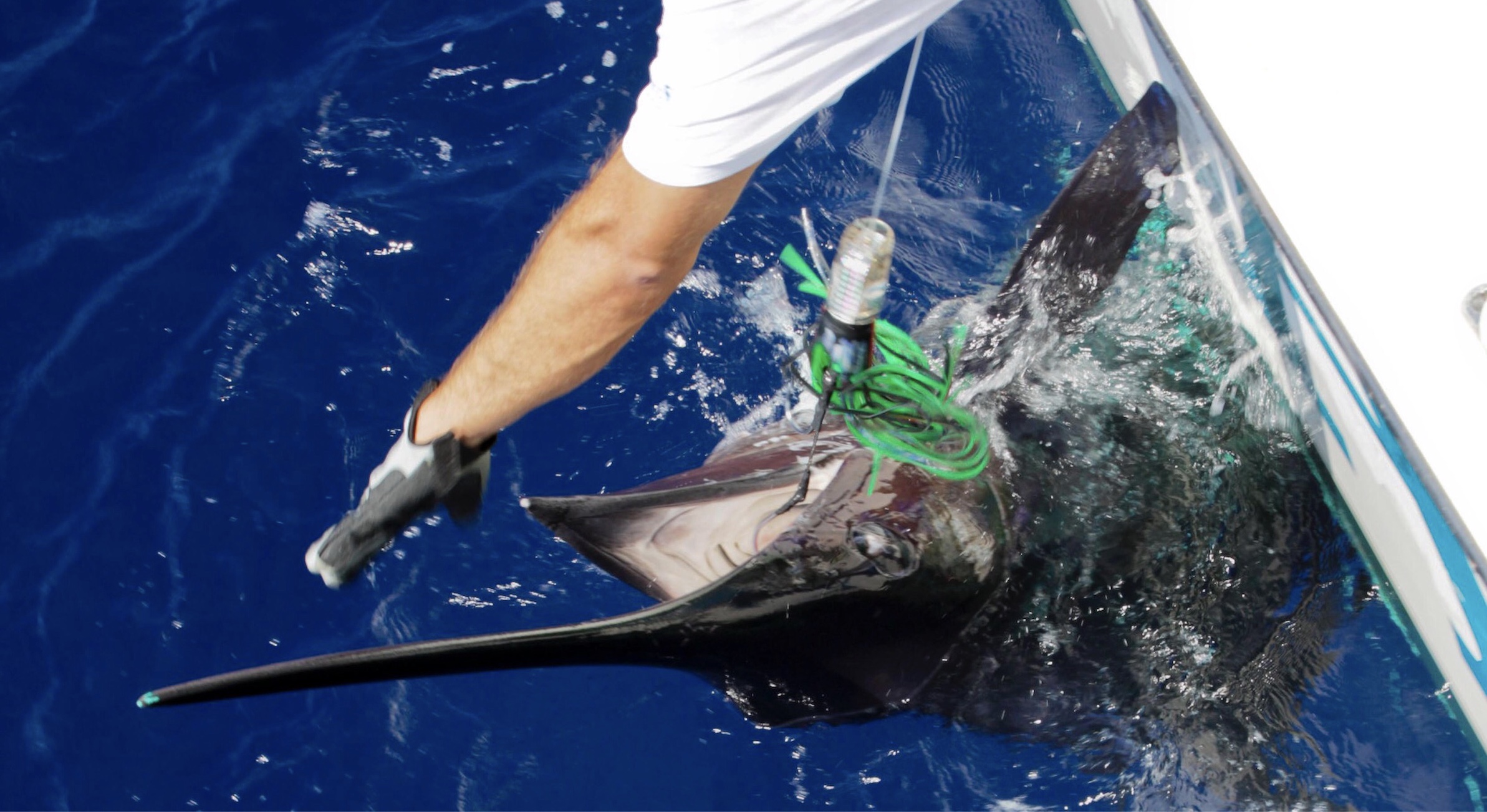 |
|
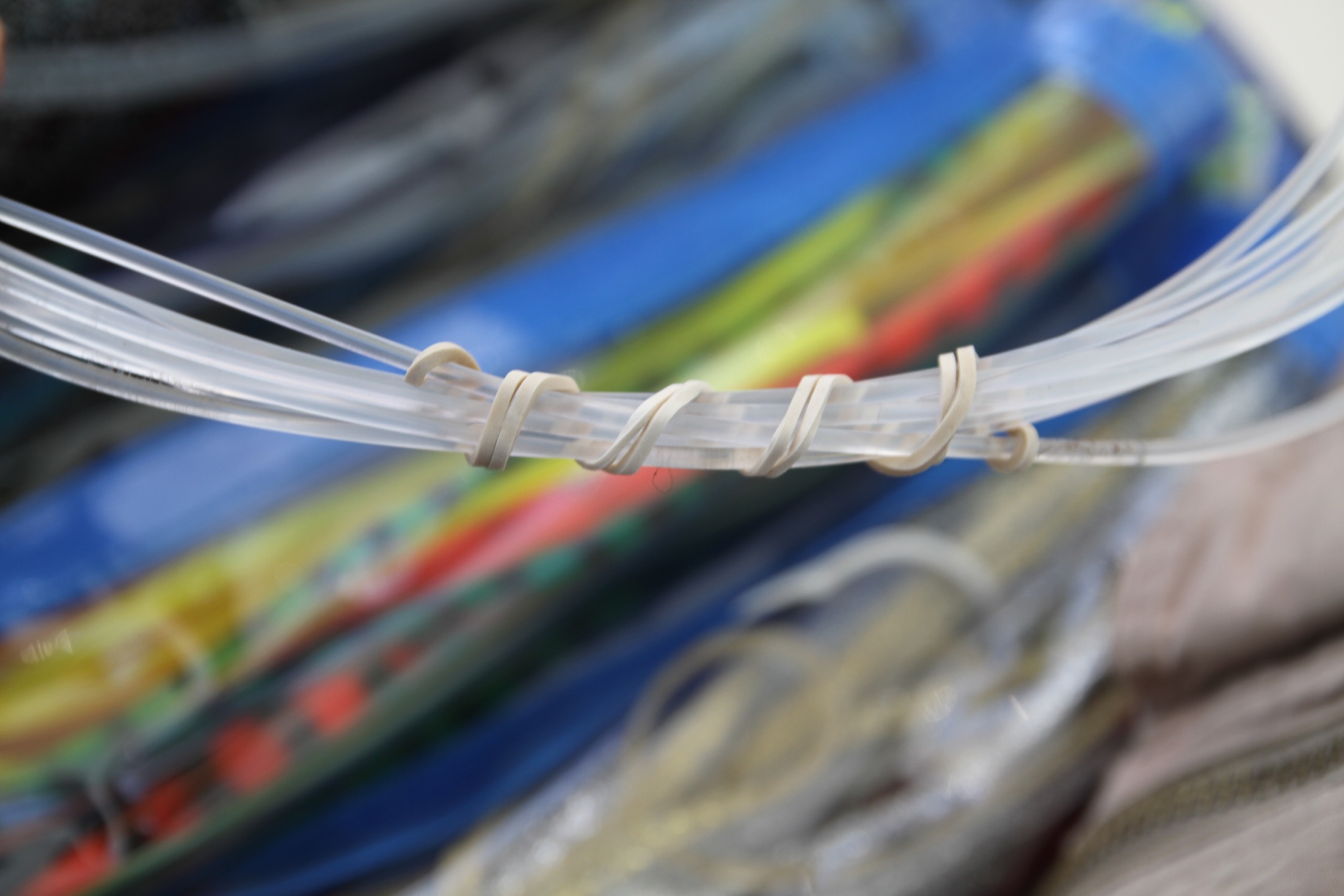 |
|
 |
|
|
||||||||||||||||||||||||||||